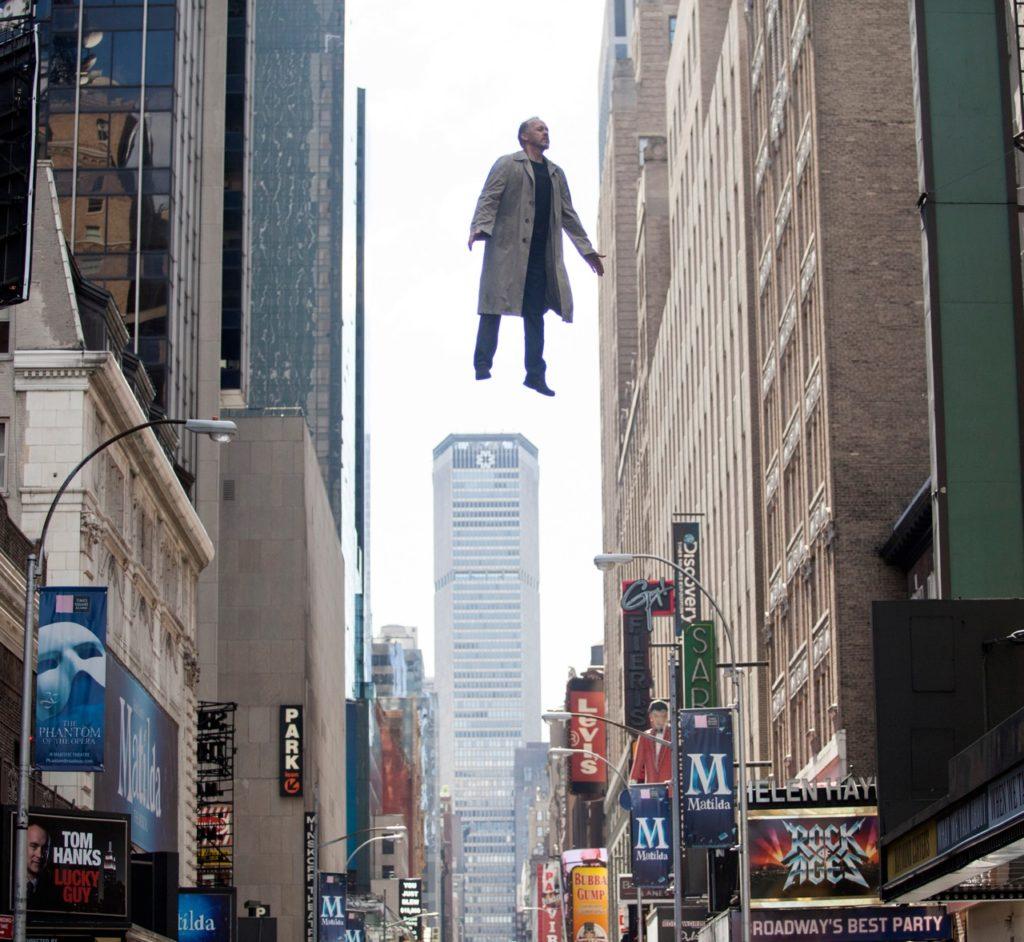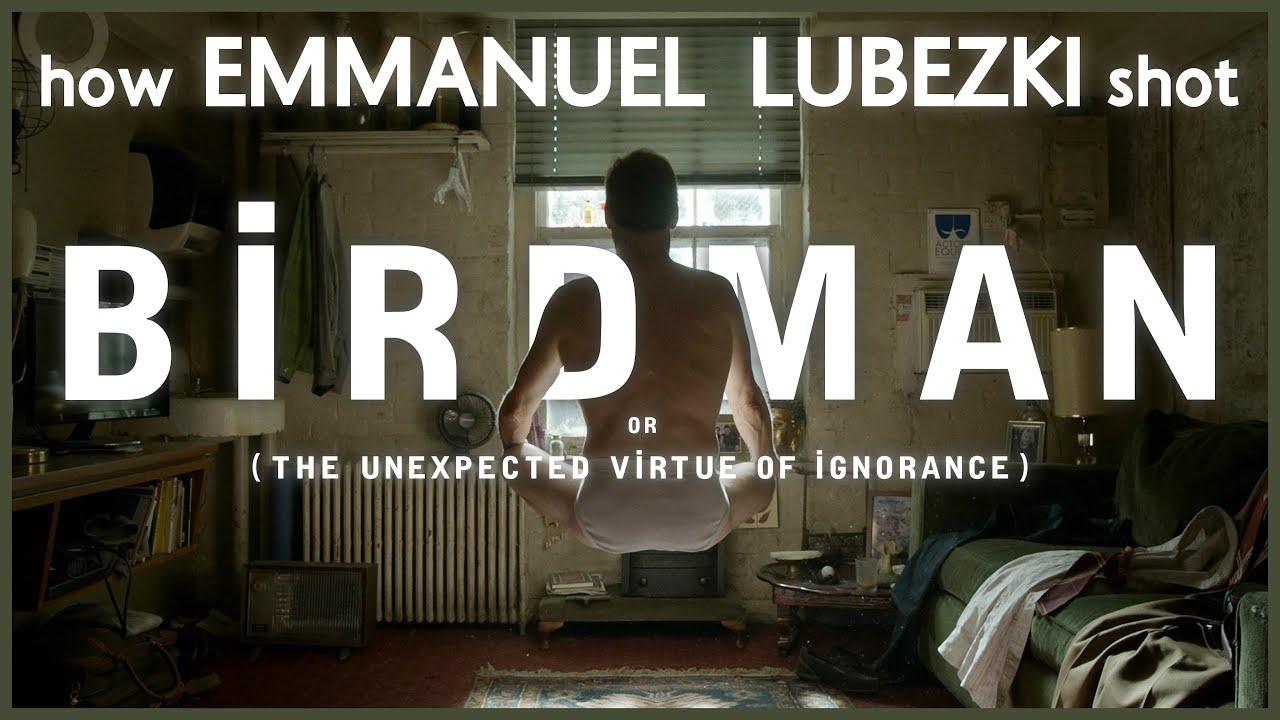In the ever-evolving landscape of cinema, few films have ignited as much debate as Alejandro González Iñárritu‘s “Birdman or (The Unexpected Virtue of Ignorance).” Released in 2014, this film quickly became a polarizing topic among critics and audiences alike, with opinions diverging on whether it stands as a pretentious exercise in self-indulgence or a groundbreaking masterpiece in film technique. At the heart of this debate lies Iñárritu’s audacious choice to present the film as if it were a single continuous shot, an ambitious stylistic endeavor that both challenges conventional storytelling and invites scrutiny. This article seeks to explore the intricate layers of “Birdman,” dissecting its narrative structure, thematic depth, and technical execution to better understand whether its artistic aspirations elevate it to the realm of cinematic brilliance or render it an overreaching spectacle. By examining the film through an analytical lens, we aim to navigate the fine line between pretentiousness and innovation, offering a balanced perspective on its place within the pantheon of modern filmmaking.
Exploring Cinematic Techniques and Their Impact on Storytelling
In the realm of cinema, few films have sparked as much debate over their technical execution as Birdman. This film is often celebrated for its audacious use of a continuous shot illusion, meticulously crafted to give the impression of a single, unbroken take. This technique not only challenges traditional storytelling but also amplifies the thematic essence of the narrative. The decision to employ such a technique raises critical questions about its effectiveness and intent:
- Immersive Experience: The continuous shot creates an immersive experience, drawing viewers into the protagonist’s world and blurring the lines between reality and performance.
- Psychological Depth: By maintaining an unrelenting focus on the characters, the film explores the psychological complexities of the protagonist, delving into themes of identity, ego, and the quest for relevance.
- Technical Brilliance: The seamless transitions between scenes showcase the technical prowess and precision of the filmmakers, contributing to the film’s artistic acclaim.
However, some critics argue that such techniques can verge on the pretentious, potentially overshadowing the narrative with style over substance. Whether viewed as a bold artistic statement or an elaborate gimmick, the impact of Birdman‘s cinematic techniques on storytelling is undeniable, provoking both admiration and skepticism in equal measure.

Analyzing Character Development and Thematic Depth in Birdman
In Birdman, character development is intricately woven with the film’s thematic exploration, creating a rich tapestry that both challenges and engages the viewer. Riggan Thomson, portrayed by Michael Keaton, serves as a vessel for examining the intersection of ego, identity, and art. His journey from washed-up Hollywood actor to Broadway hopeful is not just a quest for artistic legitimacy but a profound exploration of self-worth and existential validation. This is mirrored in the film’s continuous single-take cinematography, which captures Riggan’s internal and external struggles in real-time, offering the audience an unfiltered glimpse into his psyche. The supporting characters, from Riggan’s daughter Sam to his fellow actors, each embody various facets of his life and career, contributing to the film’s commentary on the blurred lines between reality and performance.
Key Themes Explored:
- Identity and Self-Perception: Riggan’s internal battle with his Birdman alter ego highlights the struggle between who he is and who he wants to be.
- The Nature of Fame: The film critiques the ephemeral nature of celebrity and the desperation it breeds, as Riggan grapples with his fading stardom.
- Artistic Integrity vs. Commercial Success: Riggan’s quest for artistic validation on Broadway contrasts with his past commercial success, raising questions about the true value of art.
These themes are interlaced with a darkly comedic tone, ensuring that the narrative remains both introspective and accessible, encouraging viewers to ponder the depths of human ambition and the masks we wear.

The Role of Cinematography in Crafting a Unique Viewing Experience
In the realm of film, cinematography acts as the visual language that shapes the audience’s perception and emotional response. Birdman, with its daring use of continuous long takes and a seemingly single-shot narrative, exemplifies how cinematography can elevate storytelling. This approach not only demands technical prowess but also immerses the viewer in a seamless, almost theatrical experience that blurs the lines between reality and performance. By minimizing visible cuts, the film creates a sense of real-time progression, enhancing the tension and intimacy of the narrative.
- Continuous Shot Technique: Challenges traditional editing by creating a fluid and immersive viewing experience.
- Lighting and Color: Utilizes natural lighting and muted tones to evoke a gritty, authentic atmosphere.
- Camera Movement: Employs dynamic and fluid camera work to mirror the protagonist’s internal chaos and momentum.
By pushing the boundaries of conventional cinematography, Birdman offers a unique viewing experience that encourages audiences to question the nature of storytelling in cinema. Whether perceived as pretentious or a technical masterpiece, its innovative visual approach undoubtedly contributes to its standing as a polarizing yet pivotal work in contemporary film.

Balancing Artistry and Audience Perception in Modern Filmmaking
In Alejandro González Iñárritu’s Birdman, the intricate dance between artistic expression and audience perception is vividly explored, presenting a film that oscillates between being perceived as either pretentious or a cinematic triumph. On one hand, the film employs a daring one-shot technique that demands attention and showcases technical prowess. This approach immerses viewers in a seamless narrative flow, effectively blurring the line between the protagonist’s internal turmoil and the external chaos of the theatre world. However, this very technique can be seen as self-indulgent, prioritizing style over substance, potentially alienating audiences who seek a more conventional storytelling method.
- Artistic Elements: The film’s meta-commentary on the nature of fame and the artistic process is both bold and introspective.
- Audience Expectations: While some viewers appreciate the film’s complexity and innovation, others may find its abstract nature challenging to connect with emotionally.
Ultimately, Birdman serves as a testament to the delicate balance filmmakers must maintain between their artistic ambitions and the audience’s expectations. Its reception highlights the subjective nature of film critique, where the line between pretentiousness and genius is often blurred.
